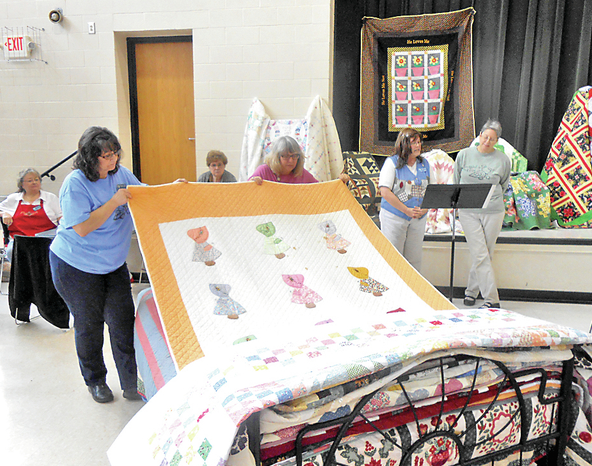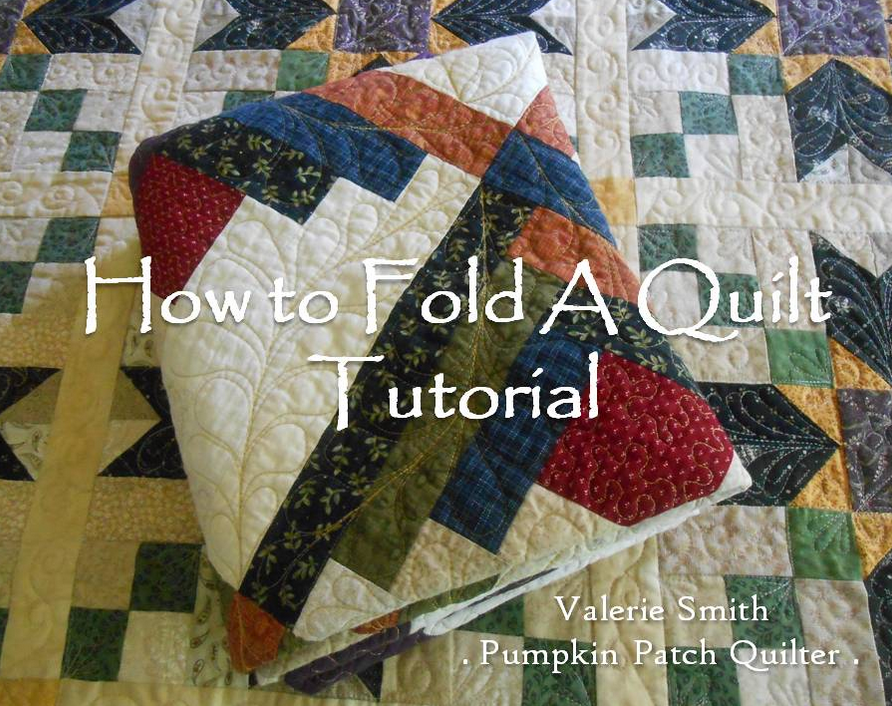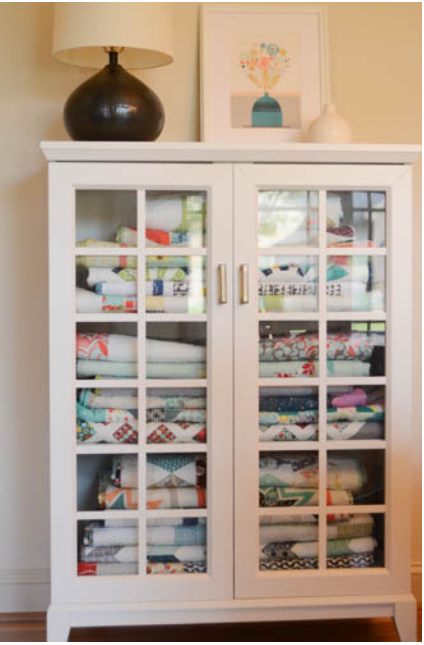Storage of quilts requires different guidelines to ensure that all of your hard work will be there for future generations to cherish. Whether your quilts are antique or newly completed, the way you store for long-term can, when being viewed again, mean the difference between a joyful reunion or a tragic disaster. This week our focus is on care and storage of your quilts. Next week, we will share products that ensure your long term storage is successful.
Caring for Quilts Before Storing:
- Inspect each quilt for food bits, stains, tears and holes. Food can attract unwanted bugs, while stains can set, making them harder to remove later on.
- Clean your quilt before storing by removing dust and gently vaccuming (use a piece of screening with taped over edges).
- Keep a record of the quilt by making a fabric label with information as to the maker, date, pattern name, and any other pertinent information. The label can be made of fabric, and hand sewn to the back of the quilt, or typed on a piece of acid free paper that is pinned to the quilt.
-
Are most of your quilts going in storage handmade? PioneerThinking shares valuable tips on things you should never do to a handmade quilt.
- Does your quilt need washing? The curators of the Michigan Quilt Project at the Michigan State University Museum recommend the following:
There are two accepted ways of cleaning your quilt, but generally speaking only one should be used: vacuuming. Lay the quilt out on a large, clean surface. (If the quilt is very delicate first place a fiberglass or nylon screen over it.) Then gently pass a low-suction, handheld vacuum with small brush attachment over the quilt.
Washing (the wet-cleaning method) a quilt can be done but only with great caution. It is not recommended unless done by a qualified textile conservator. DON'T WASH YOUR QUILT if it contains any of the following: inked signatures, a dye that appears unstable, fabrics that are seriously deteriorated, the use of glazed or silk fabrics, the use of woolen yarns with questionable dyes or if it has never been washed. Remember that textile fibers are much more fragile when wet.
If however, you have determined that it is desirable to attempt washing your quilt, first test wash a small section to make sure that the dyes are stable and won't run. Once you have decided that it is safe to wash your quilt, keep in mind the following suggestions:
- Use a very mild detergent such as Ivory Liquid or Orvus (sold at quilt shops as Quilt Soap) in a solution of 1/2 ounce of detergent to 1 gallon of distilled, filtered or softened water.
- Use a container large enough to accommodate the entire quilt at one time (some people recommend using the bathtub).
- Do not agitate the quilt in the water.
- Rinse by pressing down on the quilt with the palm of your hand or with a cellulose sponge.
- Remove excess water by pressing gently with clean white toweling or mattress padding.
- Lift quilt with a towel sling or with both arms so that the weight is evenly distributed. DO NOT lift by one edge or corner.
- Lay flat to dry on a clean non-porous surface.
NOTE: Historic textiles should NEVER BE PRESSED with a hot iron.
Dry cleaning is NOT RECOMMENDED because the dry cleaning method involves rough agitation of the quilt inside the dry cleaning machine and the dry cleaning solvents may harm some fabrics.
Things to Avoid When Storing Quilts:
- Never store quilts in plastic for long periods of time. Fabric needs to breathe and the gasses produced by plastic can discolor and deteriorate fabric. Plastics to avoid include dry cleaning bags, heavy duty garbage bags, garment bags and Styrofoam.
- Moisture can ruin a quilt, so just to be sure, we recommend using a desiccant to absorb any moisture in the air.
- Keep quilts in a dark place to avoid fading from sunlight, but do not place them in an attic or basement. These areas are prone to extreme temperature swings which is damaging to fibers.
- Attics and garages are also ideal hiding places for rodents. Don't let Grandma's precious quilt become the perfect nesting material for Mrs. Mouse's next batch of babies.
- Cardboard boxes attract insects, making them not a good option either. Use archival boxes instead.
- If you plan to store quilts in a wooden trunk or cabinet, be sure to first lay down sheets of acid-free paper to avoid the quilts coming into direct contact with the wood's surface. Wood contains acid which can leach into a quilt and cause damage.
- If you want to roll your quilts on a large cardboard tube, be sure to first wrap the tube with acid-free paper. Ordinary tissue paper contains acid, so it is best to avoid using it as a substitute.
- Storing folded quilts for long periods of time causes them to develop permanent fold lines, so if possible, re-fold in a different manner occasionally. Or, insert scrunched bundles of acid-free paper in between the layers of the quilt. This helps to lift and reduce fold lines.
Ways to Store Your Quilts:

- Laying quilts on a guest bed is a great way to avoid fold lines, while still allowing the quilts to breathe. But don't stack too many, as that will flatten the one's near the bottom after a period of time. Shuffle the order of the quilts on a regular basis.
- Place a white cotton sheet between each quilt to avoid the possibility of crocking (color or dye transfer between fabrics). This is especially true if you do not wash your fabrics or the quilts feature paint, dye or other embellishment methods that might transfer to another quilt over a period of time. Add a final white sheet over the top quilt to keep out dust and fading.
- If your quilts include heavy trapunto or embellishment, it is recommended that you fold the quilt. Fold the quilt with as few folds as possible while avoiding major seam lines as they can become flat over time.

- Folded quilts need to be re-folded more often to avoid permanent fold lines. When re-folding, try to avoid previous fold lines. Cover the quilt in a white cotton sheet or muslin.

- Use wooden dowels, wrapped in acid-free paper, to roll and hang your quilts in a closet. Cover each quilt with muslin or another sheet.
- Make a cotton cover for each quilt (with a label for easy reference) that fits around a rolled quilt.
- Store quilts in archival boxes lined with acid-free paper.
- Do a yearly inspection of all of your quilts. Check for moisture, damage and bugs.





.jpg)



I wouldn't recommend plastic bags for project storage unless you will be getting to them within the year, your sure the fabrics are dry and they are all clean, ie washed and well rinsed.
Just my experience for 40 yrs of sewing and quilting.
RSS feed for comments to this post